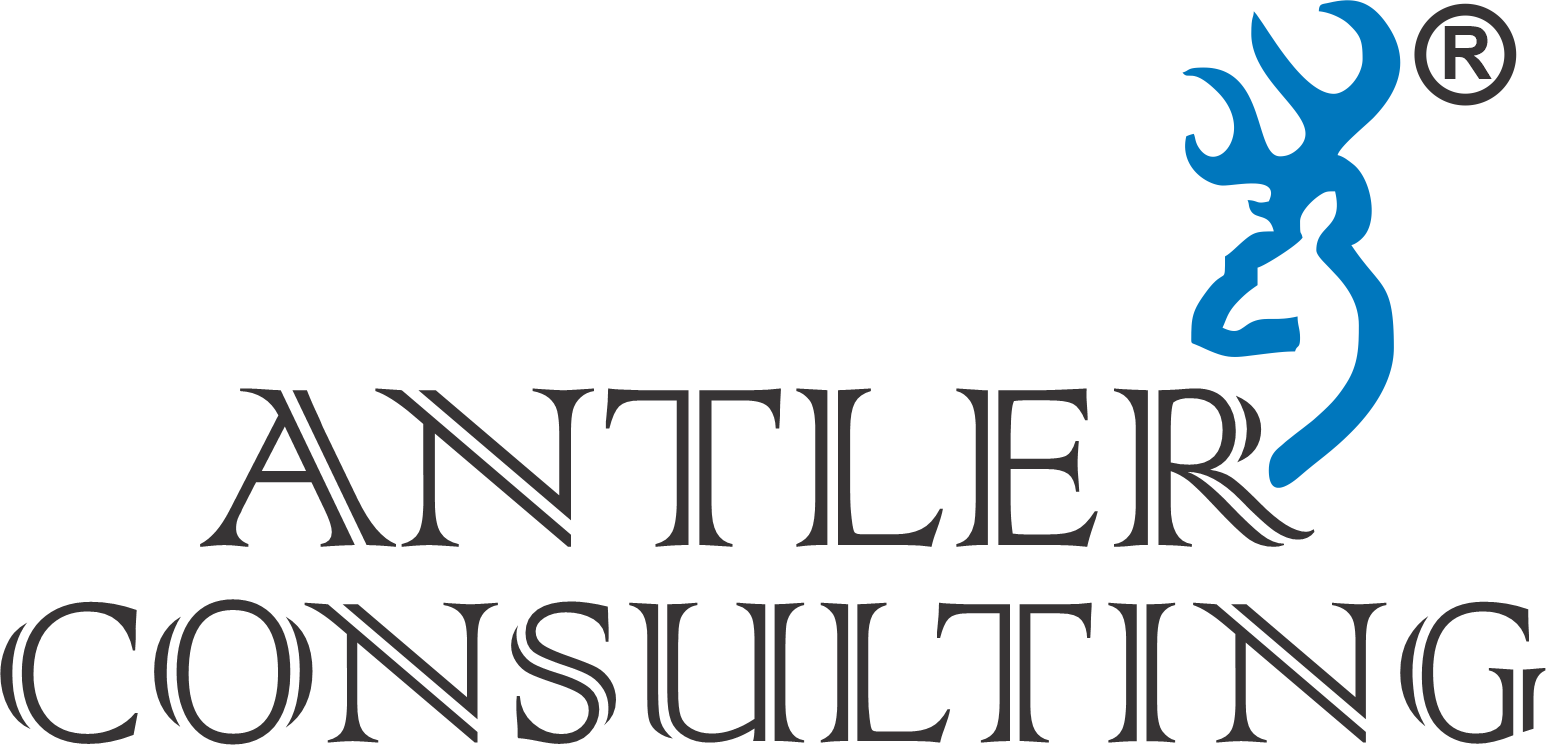GIS & Remote Sensing
An application refers to the practical implementation of a technology. For instance, online shopping serves as an application of Internet technology, automobile navigation utilizes GPS technology, and printing driving-direction maps represents an application of GIS technology.
GIS offer powerful new tools for the collection, storage, management, and display of map related information whereas simulation models can provide decision-makers with interactive analysis tools for understanding the physical system and judging how management actions might affect that system.

The water resource applications of GIS will also need to be multifaceted. Many of the problems involve interactions between the hydrosphere, atmosphere, lithosphere, and biosphere. The solutions must serve competing groups of users with many of the important hydrologic processes having local, regional, national, and global dimensions. The management of water resources requires a wide range of spatial data from hydrography and water distribution and collection systems representing the status of water resources to phenomena influencing the quality and movement of water such as terrain, climate, soils, and land use.
Representation and analysis of water-related phenomena by GIS facilitates their management. GIS applications that are of particular importance to water industry professionals are: mapping, monitoring, modelling and maintenance. These four Ms define some of the most
important activities for efficient management of water, wastewater, and storm water systems and are referred to as the “4M applications”.
The number of GIS applications is limited only by our own imagination and the availability of data. For instance, the municipal applications alone are numerous, including:
1. Water, wastewater, and storm water operations Comprehensive
2. planning
3. Vulnerability assessment and security planning
4. Permitting and code enforcement
5. Building inspections
6. Zoning
7. Parcel mapping
8. Pavement management
9. Tracking customer complaints
10. Grant applications
11. Routing
GIS provides a spatial approach to organizing information about customers and the assets of a water or sewer utility, such as pipes, hydrants pumps, and treatment equipment. GIS applications help a utility to analyse the spatial information about its customers and assets to improve planning, management, operation, and maintenance of its facilities. Municipalities and utilities that have successfully implemented GIS have seen dramatic improvements in the way in which data are retrieved, analysed, and maintained.
- Data Conversion
- Telecom Records Conversion
- Electric, Gas & Water network mapping Conversion
- Land base Conversion
- Work Order Posting
- Data Cleansing
- Data Preparation and As-Built Drawing Preparation
- Data Conflation and Positional accuracy Improvements
- Data Model Development
- Historic Land use Mapping
- Parcel Mapping
- 3D Building data Generation
